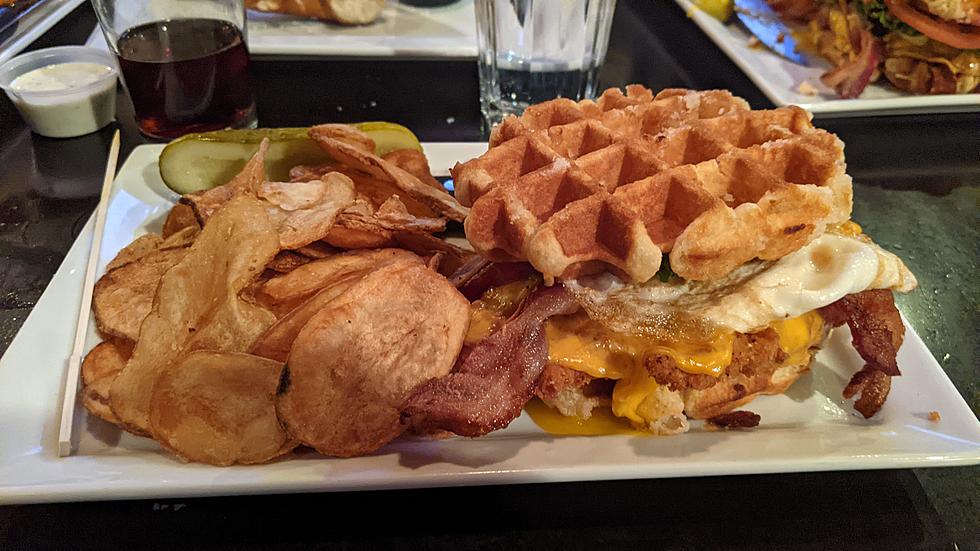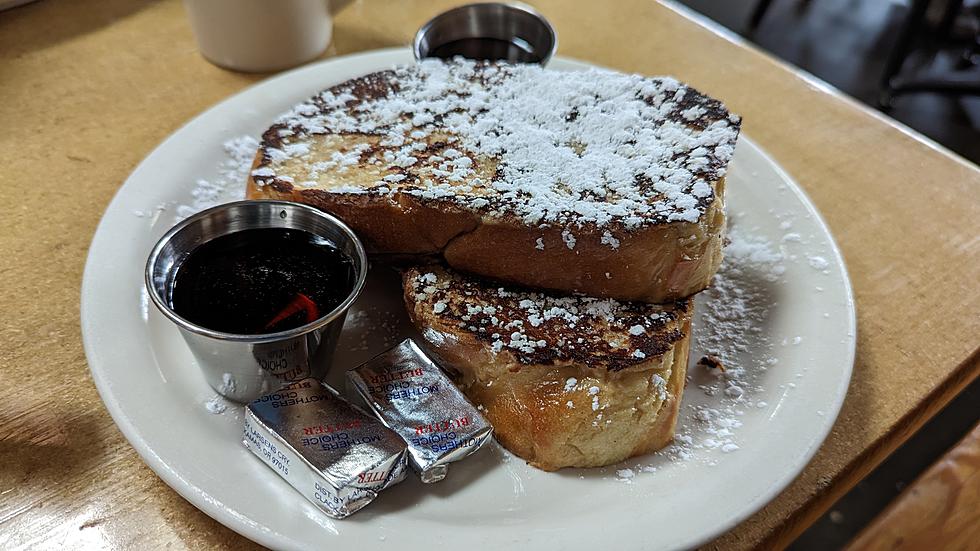Sure, Here is a 1000 words long article about this topic:
If you’re a fan of breakfast meats, you may be familiar with scrapple. But have you ever wondered about its origin and who invented it? In this article, we’ll explore the fascinating history of scrapple and uncover the origins of this unique and delicious dish.
The Origins of Scrapple
Scrapple has a rich history that dates back to the colonial era in America. It originated as a way to make use of all parts of the pig, minimizing waste and maximizing food resources. The traditional recipe for scrapple includes pork scraps, such as the head, heart, and liver, combined with cornmeal and spices.
The dish has strong ties to Pennsylvania Dutch culture, with its roots in the rural areas of the mid-Atlantic region. Over time, scrapple became a staple of American cuisine, particularly in the Mid-Atlantic states, where it is still enjoyed by many to this day.

Credit: nourishingtraditions.com
The Inventor of Scrapple
While the exact origins of scrapple are not definitively known, it is believed to have been brought to America by German immigrants who settled in Pennsylvania in the 17th and 18th centuries. These early settlers developed scrapple as a way to make the most out of the available ingredients and ensure that no part of the pig went to waste.
It is important to note that scrapple bears resemblance to other European dishes, such as the French “fromage de tête” and German “pork mush,” which suggests that the concept of using all parts of the pig in a meat pudding may have been brought over from Europe and adapted to the ingredients available in America.
The Evolution of Scrapple
As scrapple became ingrained in American culinary tradition, various regional variations emerged, each adding its own unique twist to the dish. Different areas and communities began to develop their own recipes, resulting in a diverse range of scrapple variations that reflect the cultural and culinary influences of their respective regions.
Modern iterations of scrapple may include additional ingredients such as flour, buckwheat, and even corn syrup, as well as a broader range of seasonings to enhance flavor. While the core components of pork scraps and cornmeal remain consistent across most recipes, the variations in other ingredients and spices highlight the adaptability of scrapple as a dish that has evolved over time.

Credit: katsfm.com
Uncovering the True Origins
While the precise individual credited with inventing scrapple may remain unknown, the collective effort of early settlers and immigrants in incorporating this resourceful and practical dish into American cuisine is undeniable. Through generations of experimentation and adaptation, scrapple has evolved into a beloved breakfast food with a rich history and a place in the culinary tapestry of America.
Frequently Asked Questions On Who Invented Scrapple? : Unveiling The Savory Origins Of This Culinary Delight
Who Invented Scrapple?
Scrapple is believed to have been invented by German settlers in Pennsylvania during the 17th century.
What Is Scrapple Made Of?
Scrapple is typically made from pork scraps, cornmeal, and spices, such as sage and black pepper.
How Is Scrapple Cooked?
Scrapple is usually cooked by combining the ingredients and simmering them until they thicken, then pouring the mixture into a loaf pan to cool and set.
Is Scrapple Popular Outside Of Pennsylvania?
While Scrapple originated in Pennsylvania, it has gained popularity in other regions as well, especially in the Mid-Atlantic states.
Conclusion
In conclusion, the invention of scrapple is deeply rooted in the resourcefulness of early American settlers and the culinary traditions they brought with them from Europe. While the exact inventor of scrapple may be difficult to pinpoint, its origins can be traced back to the thrifty and practical ethos of making the most out of available resources. As a result, scrapple has become a cherished part of American gastronomy, showcasing the creativity and adaptability of the early inhabitants of the Mid-Atlantic region.
